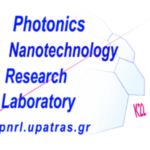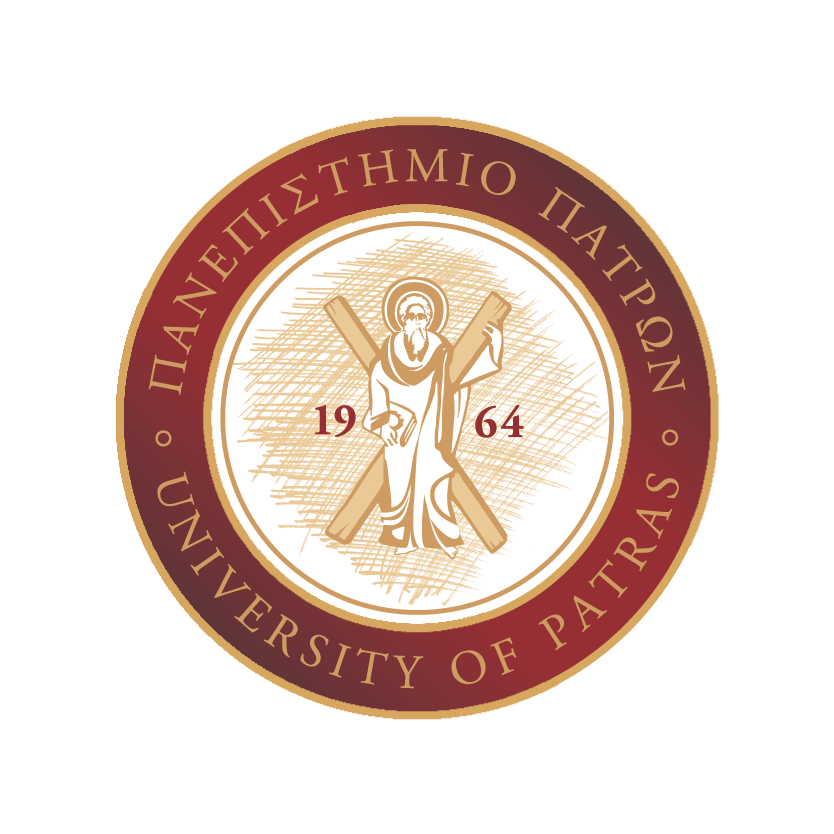MATERIALS
MATERIALS
Ultralight aerogels for photonic and plasmonic elements
Physicochemical synthesis of ultraporous silica, or other oxide, aerogels creates a solid platform for ultralight photonic components of controlled extremely low refractive index. Activities focus on optimization of in-house synthesis and high-temperature and high-pressure supercritical drying methods combined with casting in the micro and nanoscale. Alternative room temperature and ambient pressure methodologies are also mastered.
Activities focus on forming advanced photonic and plasmonic components for sensing and radiation management, as well as consecutive systolic processing yielding extreme miniaturization presented in next section.
Pulsed laser deposition for nanocomposites and biopolymers
Deep ultraviolet laser ablation offers unique advantages in stoichiometric control and spatial precision growth. The highly energetic material ejected from solid targets make possible the growth of nanolayers at room temperature and practically on any kind of substrate. In addition, thermal effects are minimized, in effect making possible the grown of artificial and natural polymeric layers, as well as their nanocomposites with inorganic and organic compounds producing minimal deterioration to the original.
The unique capability to produce congruent materials growth and to transfer the functional properties of the target source bulk to the thin film is combined here with the potential to grow nanometer thickness solid layers on miniaturized 3D objects such as micromachines and micro-optical components yielding unique prototype devices. Representative examples include the growth of high optical quality cellulose nanolayers for biocompatible photonics by use of raw-cotton targets, plasmonic films and phosphor doped nanolayers based on durable polymer blends

